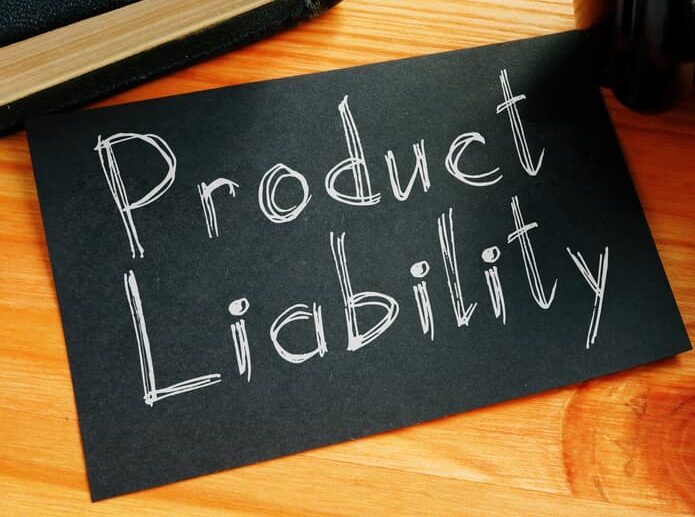
According to the National Electronic Injury Surveillance System (NEISS), between the years 2016-2020 there were over 47,535,902 injuries of sufficient severity to be treated in U.S. Emergency departments involving consumer household products. This includes product related injuries in the following categories
· Child Nursery Equipment
· Sports Recreation Equipment
· Home Communication, Entertainment & Hobby
· Person Use Items
· Yard and Garden
· General Household Appliances
· Heating and Cooling Equipment
· Housewares
· Home Furnishings
· Miscellaneous Products
This massive figure does not include the injuries from the 66 million pieces of motor vehicle equipment recalled in the last 40 years or the 33,000 yearly accidents related to defective tires. It also does not take into account the yearly injures resulting from the over 4,500 drugs recalled each year.
Virtually every product sold in this country has suffered from a defect in its manufacturing or construction at some point in time. This is why the United States Consumer Product Safety Commission (CPSC) was created nearly 40 years ago. The CPSC is charged with protecting the public from unreasonable risks of injury or death associated with the use of thousands of types of consumer products under the agency’s jurisdiction.
Deaths, injuries and property damage from consumer products incidents cost the nation more than $1 trillion annually. The CPSC develops voluntary standards with organizations, manufacturers and businesses. It also issues and enforces mandatory standards or banning consumer products if no feasible standard would adequately protect the public. That is why it created a consumer data base that can be searched for information regarding products. Visit saferproducts.gov.
In Louisiana, action involving products liability are governed by the Louisiana Products Liability Act, (LPLA), LA R.S. 9:2800.51. It provides in part that “The manufacturer of a product shall be liable to a claimant for damage proximately caused by a characteristic of the product that renders the product unreasonably dangerous when such damage arose from a reasonably anticipated use of the product by the claimant or other person or entity.”
This LPLA makes a manufacturer responsible if the product is:
· unreasonably dangerous in design,
· unreasonably dangerous because of an inadequate warning,
· unreasonably dangerous because of nonconformity to an express warranty
However, notwithstanding these parts, Section 2800.59 provides that a manufacturer shall not be liable if the manufacturer proves that at the time the product left his control he did not know and could not
have known of the characteristic that caused the damage or the danger or that an alternative design was available.
In this section, we will identify and discuss several categories of defective products that have been responsible for consumer injuries and deaths. We have a team of experienced professionals with a proven track record in successfully handling products liability cases.
